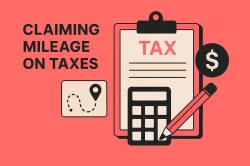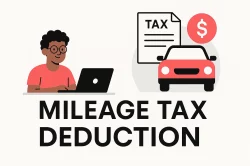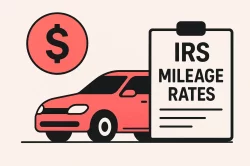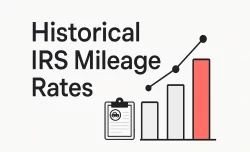Table of Contents
Depreciation is a simple but important accounting idea. Think of it like this: when you buy something big and useful for your business, like a delivery truck or a computer, it doesn’t last forever. Over time, it gets older, maybe wears out, or newer and better versions come out. Depreciation is just a way to show the loss of value over the years. It helps businesses understand the real cost of using their assets and makes their financial reports more accurate.
What is Depreciation?
Depreciation is a way businesses spread the cost of a large, long-lasting item over the years they use it. Instead of counting the whole cost in the year they bought it, they spread it out. This shows how the asset’s value goes down as it gets older or wears out. We call these items tangible assets – things you can touch, like machines, vehicles, buildings (but not the land they sit on), and equipment.
The purpose of depreciation is to match the cost of using an asset with the money it helps you make. For example, a delivery truck helps you make sales over several years. Depreciation makes sure some of the truck’s cost is counted as an expense each year it’s being used to make those sales. This gives a clearer picture of your business’s actual profit each year.
Here’s a quick look at why depreciation matters:
- It gives a more accurate view of a company’s worth.
- It helps with planning for new equipment in the future.
- It can lower the amount of income tax a business pays.
Common Ways to Calculate Depreciation
Businesses use different methods to calculate depreciation. Each method spreads the cost differently over time. The most common methods are pretty straightforward.
Let’s look at the main ones:
- Straight-Line: This is the easiest method. It spreads the cost evenly over the asset’s useful life. The value goes down by the same amount each year.
- Declining Balance: This method puts more of the depreciation expense in the asset’s early years. Think of things that lose value quickly when new, like computers or fancy machines.
- Units of Production: This method bases the depreciation on how much the asset is used, not just how old it is. A machine that works double shifts will depreciate faster than one used only sometimes.
Many companies use straight-line depreciation. It’s simple and consistent, making it easy to understand and report on.
FAQ
What is depreciation for vehicles?
Depreciation for vehicles is the reduction in a car’s value over time due to wear and tear, age, and mileage. It reflects how much a vehicle’s worth decreases from the time you buy it to when you sell or trade it in. This loss in value can be used as a tax deduction for business or work-related vehicle use.
How does depreciation affect mileage deductions?
You can include depreciation as part of your actual vehicle expense method, spreading the deduction over the vehicle’s recovery period according to IRS guidelines.
Can MileageWise help track depreciation?
While MileageWise focuses on mileage and expense logging, it provides the detailed usage data you need to calculate depreciation accurately for tax reporting.
Try MileageWise for free for 14 days. No credit card required!
Related Terms
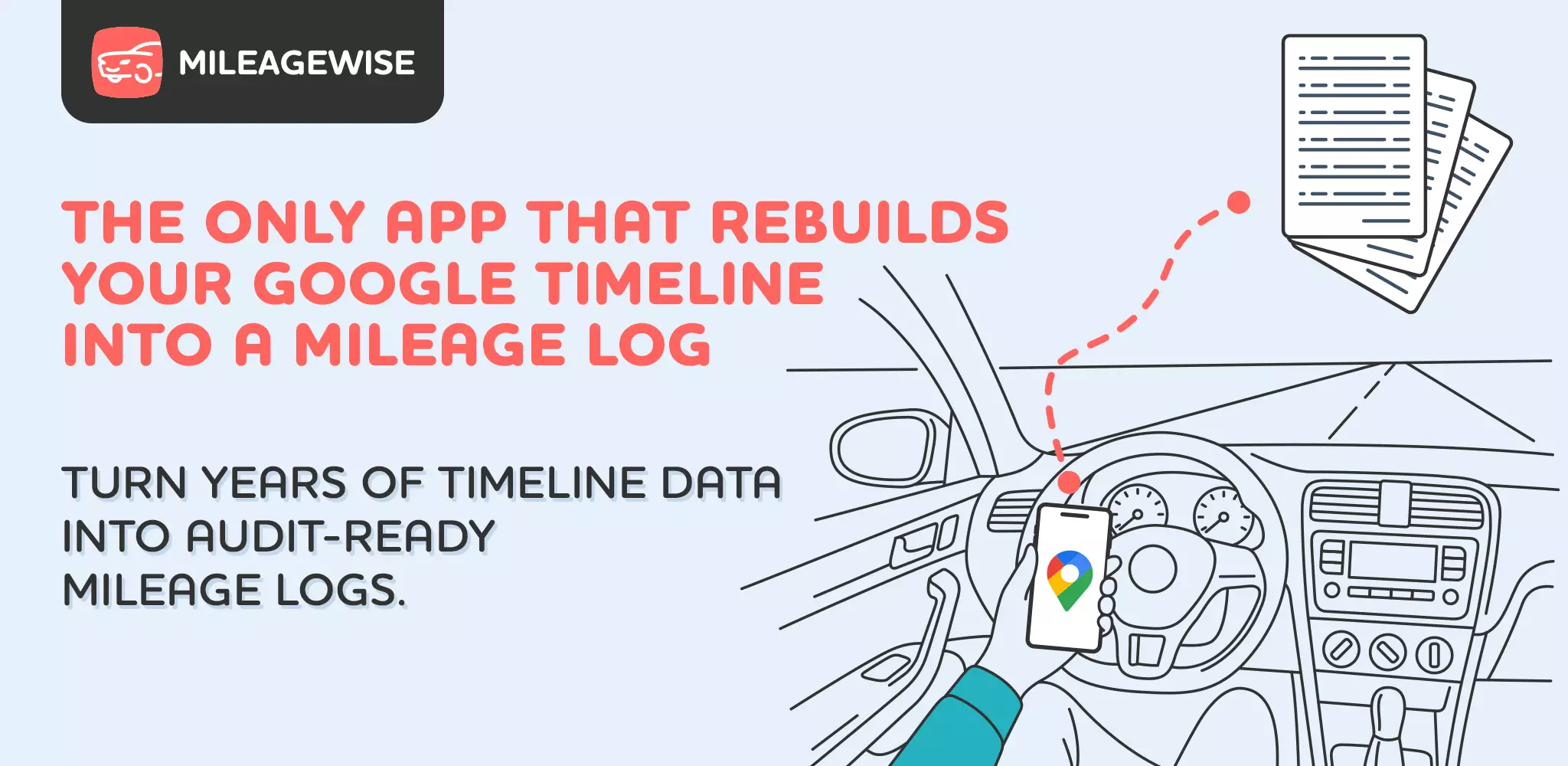
Introducing the Google Timeline to Mileage Log Mobile App
We’re excited to share our latest development! You can now convert your Google Maps Timeline drives directly into an IRS-compliant mileage log right on your

DoorDash Tips and Tricks: Your Edge Over Competition
Last Updated: November 17, 2025 I’m excited to share the top DoorDash tips and tricks shared by YouTuber Pedro “Mr.BetonYou” Santiago. He collected and vetted the

8 Uber and Lyft Scams Every Driver Should Know
Last Updated: November 9, 2025 Driving for Uber or Lyft can be a rewarding gig, offering flexibility and the chance to meet new people. However,
SherpaShare Shutdown – What To Do Now?
Last Updated: October 7, 2025 SherpaShare was a service designed primarily for people who work as independent contractors, particularly those in the ride-sharing and delivery
Gas Mileage Tracker: Your Key to Savings
Last Updated: August 8, 2025 A gas mileage tracker helps drivers watch their vehicle’s fuel use, mileage, and related costs. You might want one to
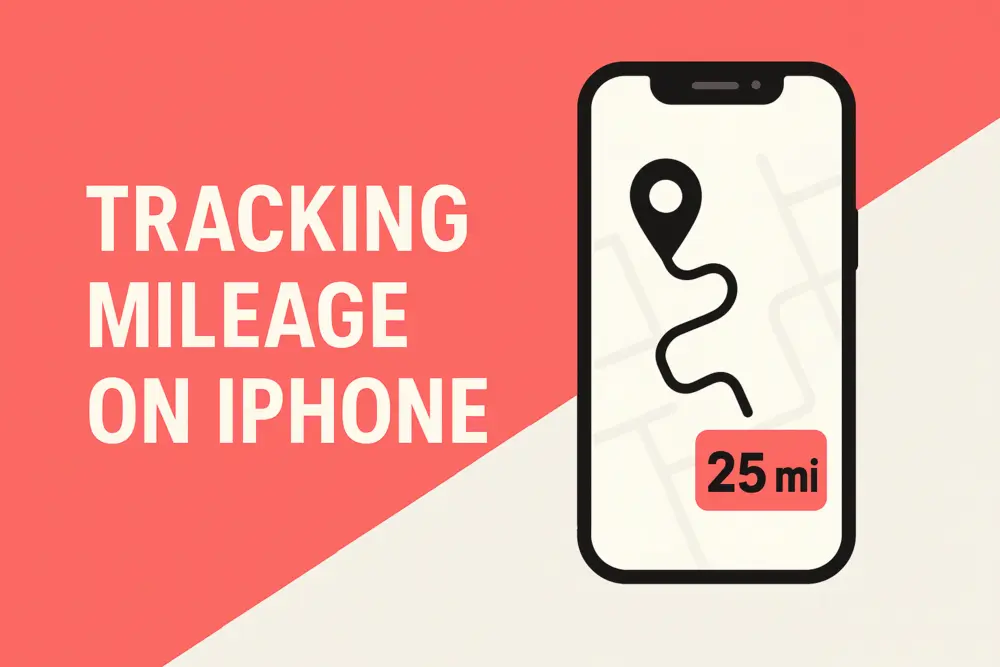
How To Track Miles on iPhone: Find your Match
Last Updated: August 6, 2025 Looking to track miles on your iPhone? Whether it’s for fitness, personal use, or business tax deductions, your iPhone offers
Related Guides


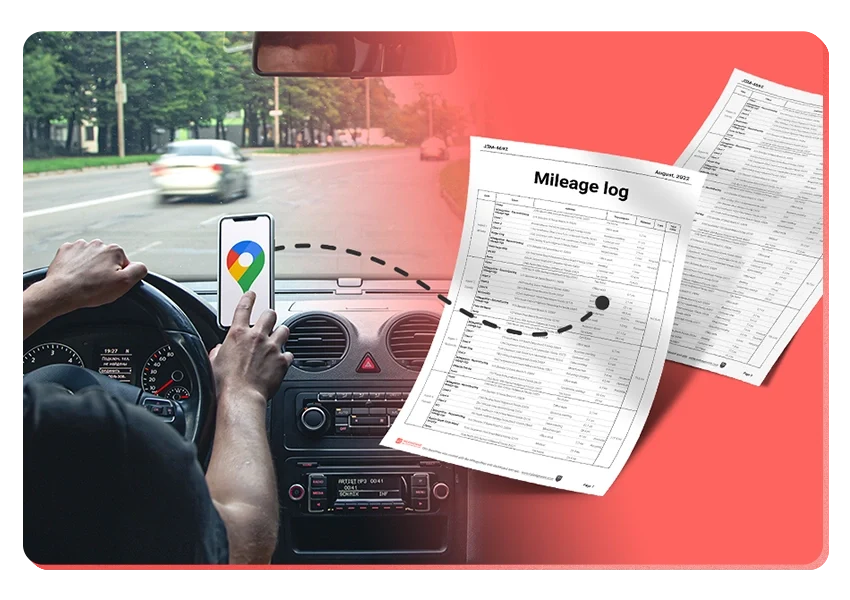
It’s Finally Here! Google Maps Timeline Import from Mobiles
Transform your Trip Lists into Mileage Logs with MileageWise

Introducing the Google Timeline to Mileage Log Mobile App
We’re excited to share our latest development! You can now convert your Google Maps Timeline drives directly into an IRS-compliant mileage log right on your

DoorDash Tips and Tricks: Your Edge Over Competition
Last Updated: November 17, 2025 I’m excited to share the top DoorDash tips and tricks shared by YouTuber Pedro “Mr.BetonYou” Santiago. He collected and vetted the

8 Uber and Lyft Scams Every Driver Should Know
Last Updated: November 9, 2025 Driving for Uber or Lyft can be a rewarding gig, offering flexibility and the chance to meet new people. However,
SherpaShare Shutdown – What To Do Now?
Last Updated: October 7, 2025 SherpaShare was a service designed primarily for people who work as independent contractors, particularly those in the ride-sharing and delivery
Gas Mileage Tracker: Your Key to Savings
Last Updated: August 8, 2025 A gas mileage tracker helps drivers watch their vehicle’s fuel use, mileage, and related costs. You might want one to

How To Track Miles on iPhone: Find your Match
Last Updated: August 6, 2025 Looking to track miles on your iPhone? Whether it’s for fitness, personal use, or business tax deductions, your iPhone offers

Introducing the Google Timeline to Mileage Log Mobile App
We’re excited to share our latest development! You can now convert your Google Maps Timeline drives directly into an IRS-compliant mileage log right on your

Was Your Google Timeline Deleted? Here’s What Happened:
Last updated: November 20, 2025 If you recently opened Google Maps and noticed your Timeline was deleted or partially missing, you’re not alone. In this

It’s Finally Here! Google Maps Timeline Import from Mobiles
Struggling to Manage Your Trips After Google’s Timeline Update? If you’re reading this, you’ve likely encountered the recent update affecting Google Maps Timeline. With Timeline
Transform your Trip Lists into Mileage Logs with MileageWise
Last Updated: October 1, 2025 Do you have a list of monthly trips from a data source like Excel or Google Timeline, but need to

How to Download Google Timeline Data: A Guide
Google Timeline Import Hub Last Updated: October 30, 2025 Want to download Google Timeline data? This guide shows you how to extract your location history
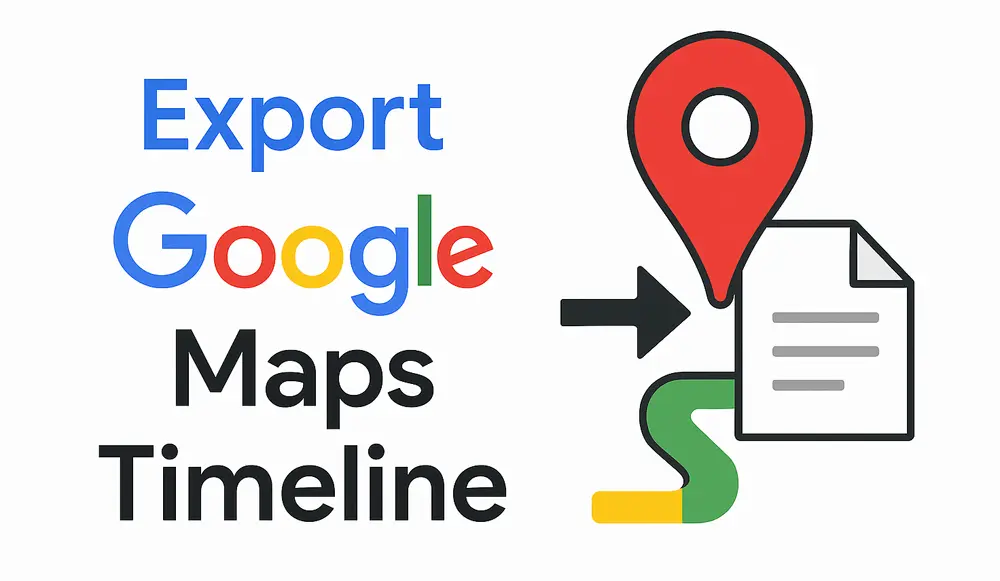
How to Export Google Maps Timeline: Get Your Data
Google Timeline Import Hub Last Updated: October 29, 2025 It can be tricky to export Google Maps Timeline data after Google’s recent updates. Many users
Google Maps Mileage Tracker: From Timeline to Mileage Log
Google Timeline Import Hub Last Updated: October 29, 2025 If you’re an active user of Google Maps Timeline you likely already know how convenient it
Timeero
Table of Contents Timeero Timeero is a time, location, and mileage tracking app designed for businesses and teams in the United States. It helps employers
Milewise by Allstate
Table of Contents Milewise by Allstate Milewise by Allstate is a pay-per-mile car insurance program offered by Allstate Insurance in the United States. It’s designed
Hurldr
Table of Contents Hurdlr Hurdlr is a finance and expense tracking app designed for self-employed professionals, freelancers, and gig workers in the United States. It



